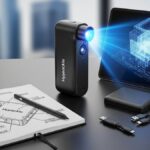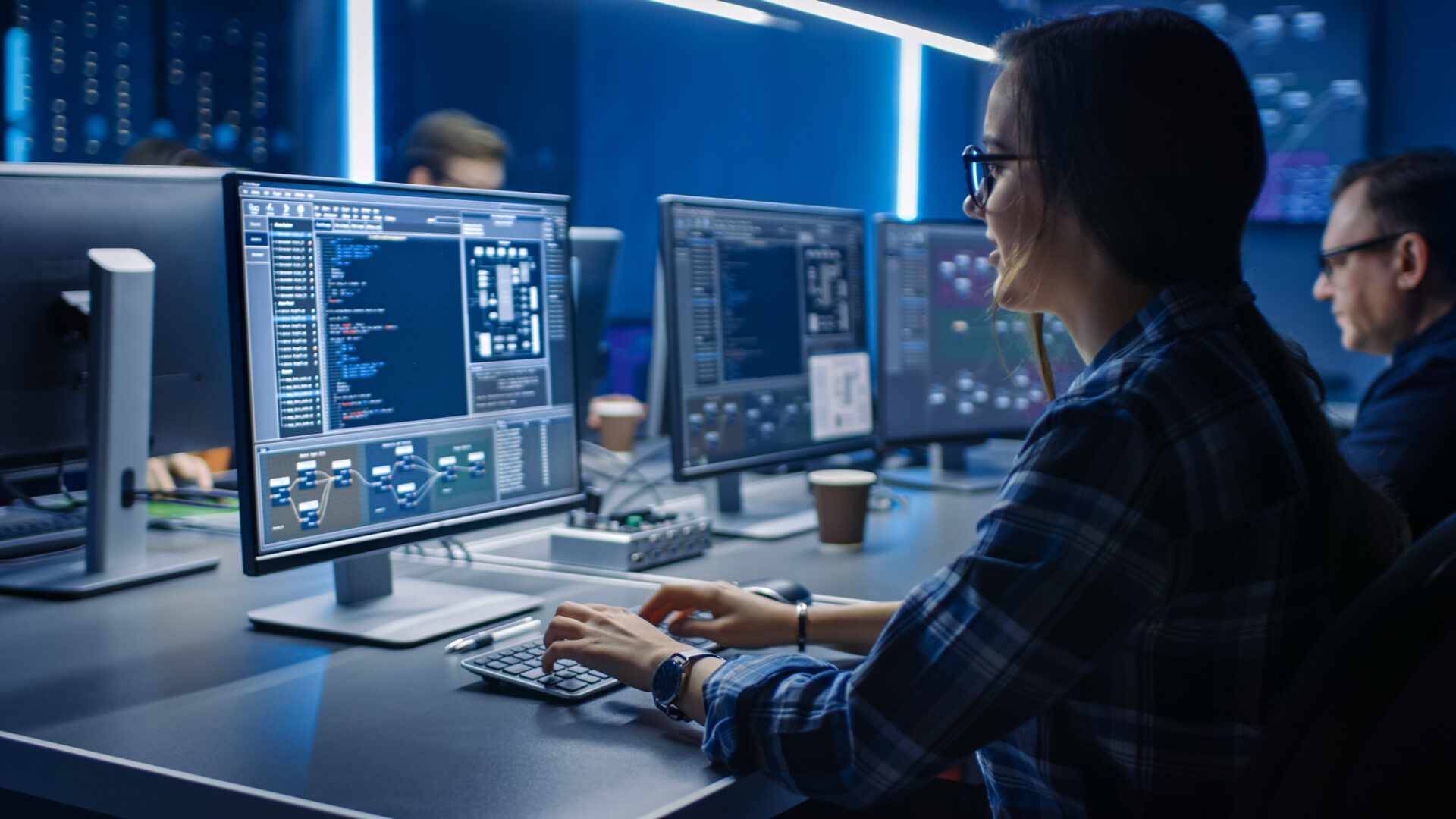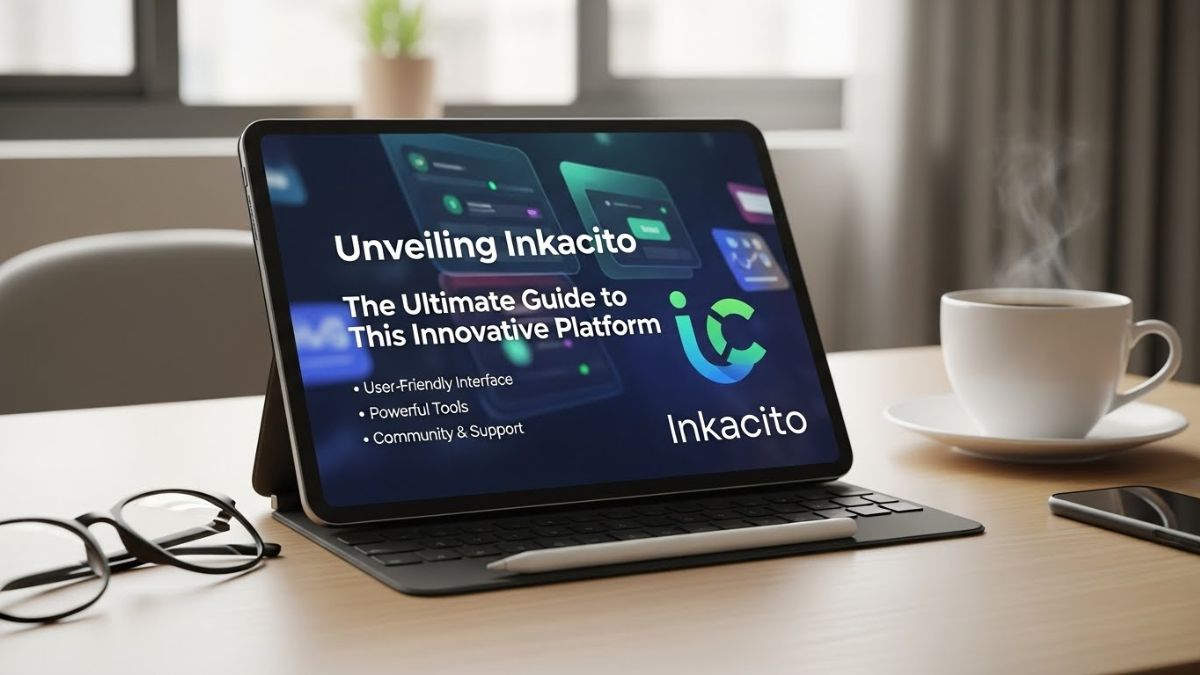State and local governments can spend more than $50,000 outfitting one police vehicle with modern technologies, and adding the necessary information technologies can double the cost of outfitting the vehicle, according to market observers and police departments. Vehicle service life varies, but typically lasts 24/7 for three to five years — or about 85,000 miles.
With the technology refinements that transform police cruisers into mobile offices, equipment installation is similar to creating a small network in a home or office. Each police agency starts with basic computing requirements and adds peripheral devices, choosing different technology combinations, such as multiple radios, in-car video, mobile data computers or even docking stations.
In the past, different agency choices meant different installation schemes, and often duplicate and competing installations. The vehicle would be shuttled from vendor to vendor with the lights, radio and other equipment installed at different locations.
Today, the mini-networks installed in police cruisers are approaching plug-and-play functionality of many home or office networks because more agencies are considering commercial-off-the-shelf (COTS) technology choices.
Hours of research and design are spent making technology rugged enough to withstand the rigors of field police work, but until recently, few concentrated on also making the installation rugged. An unlikely trio of entrepreneurs — Jack Kelley, former officer with Riverside Police Department; Tom Harper, retired fleet manager from Banning, Calif.; and Danny Gonzales, designer of high-performance, off-road racing vehicles — has developed a unique installation design and protocol for IT in police cruisers.
Satisfying End-Users
Typically police officers are considered the end-users of mobile information technologies. But in reality, end-users also include any personnel who maintain the vehicle, and information systems (IS) personnel who repair and upgrade the technology.
These three can be, and often are, competing end-users, each of whom places a different demand on how a technology is implemented and used — catering to the different end-users means meeting a range of needs. Equipment installation has a huge impact on people responsible for servicing the vehicle, said Brett Hite, fleet coordinator for the Riverside Police Department.
For law enforcement officers, how installation contributes to equipment functionality is a major concern. No officer wants to see his or her equipment crash because it wasn’t installed properly. Deputy Corky Butler of the Riverside County Sheriff’s Department said he grew accustomed to carrying a tool kit to repair loose radio connections. “I carried pliers, screwdrivers and fuses because the radio was access to my backup,” he said, and backup is important in a large county with many desert and rural areas.
Closely inspecting a police cruiser’s interior will likely reveal a myriad of wires and connections placed dangerously close to sharp metal edges and other hazards. Indeed, one installation scheme bundles wires for the radio, mobile data computer and emergency equipment, and leads them off directly behind the gas and brake pedals. Each time a driver applies either pedal, the wires are pushed down.
One way the trio at Woodcrest Vehicle Center changed this is by prefabricating a wiring harness that runs under the vehicle’s seats and allows for almost any combination of hardware. The wiring harness contains different wires for different purposes, and not all are used in any single combination of technologies.
The unused wires can be viewed as open ports on the back of a PC — ready for the next piece of hardware. To minimize radio frequency interference, two wiring harnesses run on opposite sides of the vehicle. Agencies gain economies of scale by standardizing installation techniques, and a rugged, reliable and accessible system.
The installation protocols and equipment borrow from the off-road racers of the Baja Peninsula, and both the wiring harness and hardware connections in the police cruisers are ruggedized “If a system fails while a racer is running along a cliff, it could cost his life,” said Gonzales in comparing the similarity between the rugged nature of the equipment in an off-road vehicles and police cruisers. “[The installation] protects the system from the weather and the cops.”
Many Woodcrest Vehicle Center custom installation techniques borrow from a racing team’s need to access problems quickly in the pit. The prefabricated cable or wiring harness reduces the number of potential trouble shooting points from dozens to just three. Previously, when vendors or IS staff installed different technologies, there was a tendency to splice into existing wires. Each new installation creates multiple trouble-shooting points.
Building on the “vehicle office network” concept, the trunk roll-out electronics tray is designed like the expansion slots that allow home users to easily add components to their PCs. In common installation practice, the electronics tray in the trunk rolls out like a dresser drawer, but with this design, IS technicians must still work inside the trunk. The Woodcrest design also easily unbolts from the rollers and unplugs from the harness, so like a regular expansion slot for a PC, the electronics tray can be easily replaced or repaired on the bench. The tray or drawer itself is designed to handle two electronics boards stacked one on the other — much like PC expansion slots.
Creative Differences
The tension created between competing end-users plays out in the Woodcrest shop. Co-owners find themselves struggling over points of view. Kelley concentrates on officer safety aspects. Gonzales has the view of an off-road racer — equipment must be rugged and reliable. Harper is constantly looking for ways to gain economies of scale — “doing it once, right.” The discussions are often intense, they agreed. “Because we had no preconceived notions on how it should be done, all of our points of view carry equal weight,” Kelley said.
The trio constantly communicates with factories, from Ford to Federal Siren, to stay abreast of the latest technology and problems throughout the industry. “It’s all about imagination,” said Gonzalez.
The coffee cup is an everyday example of a problem that must be solved. During a 10- to 12-hour shift, officers drink liquid in the vehicle. Liquid, especially coffee, is bad for electronics. Compounding the potential for trouble is that when radios, siren systems and computer keyboards are configured between the seats of a police cruiser, flat surfaces are created — flat surfaces perfect for coffee cups.
Kelley, Gonzales and Harper experimented with the installation angle of the center console. Instead of flat, they sloped the console up toward the dashboard, making the radio, lights and siren more accessible to the officer. They also experimented until they found the angle at which no container of liquid could be balanced and designed a cup holder, behind the console and between the seats.
Any police cruiser installation must be adaptable to the changing technology, and the installations have to be as thoughtful and rugged as the technology. IT that doesn’t work because it was installed improperly, or that adds to the danger and confusion of the patrol car, can be worse than no technology at all.
The views of multiple end-users are paramount to successful installations. Numerous studies indicate that end-user perceptions of technology often make or break an application. “It’s all about buy-in,” said Riverside Police Department’s Hite. If tensions among the different points of view are worked out on the shop floor, it is likely end-user satisfaction and use will increase.











